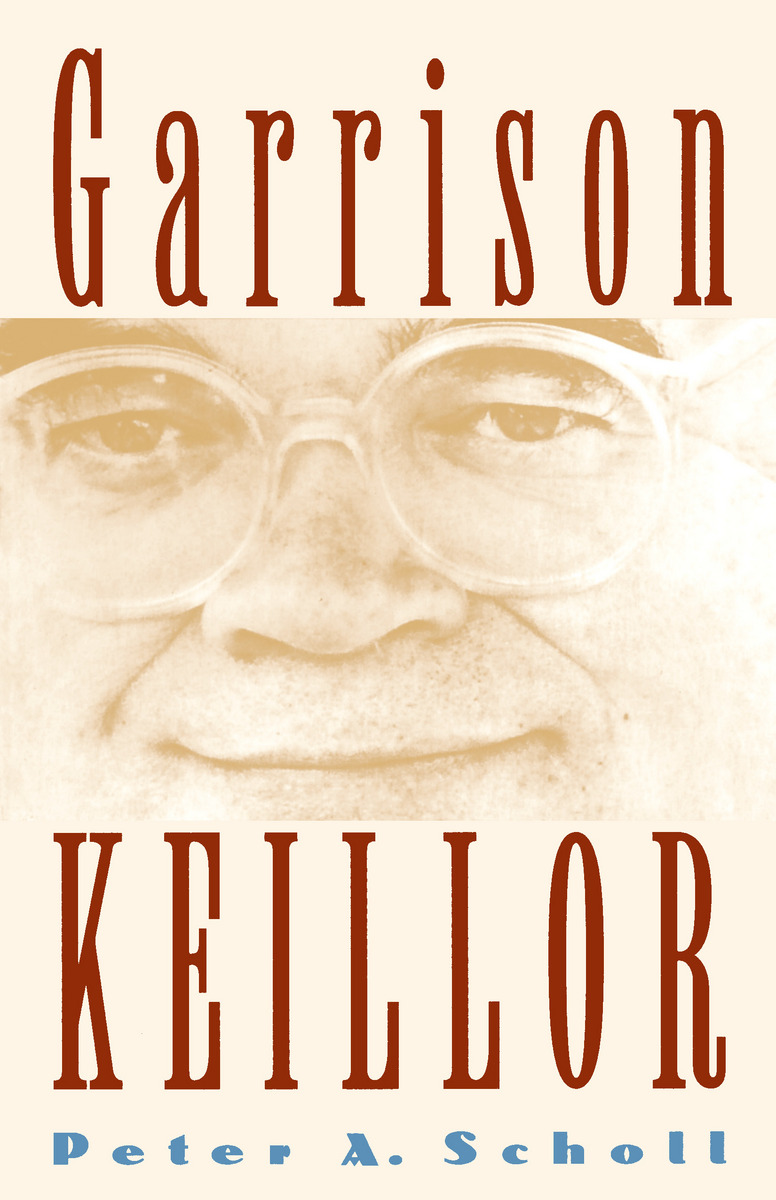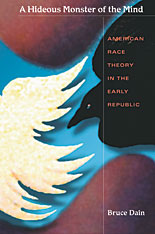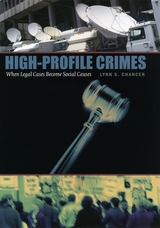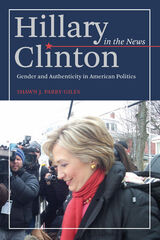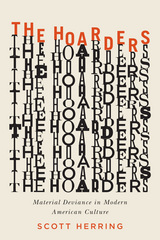Garrison Keillor
University of Iowa Press, 1994
Paper: 978-0-87745-480-9
See other books on: Biography & Autobiography | Literary Figures
See other titles from University of Iowa Press
Paper: 978-0-87745-480-9
ABOUT THIS BOOK | AUTHOR BIOGRAPHY | REVIEWS | REQUEST ACCESSIBLE FILE
ABOUT THIS BOOK
In 1985 Time magazine's cover superimposed Garrison Keillor's face across the fictional town of Lake Wobegon, Minnesota, taking the publication of Keillor's book of the same name as an occasion to raise some hoopla over this "radio bard" (he was host of the highly acclaimed variety show A Prairie Home Companion) and humorist nonpareil. Not since Will Rogers had a humorist/philosopher become a national celebrity. And it is a rare down-home fellow (“radio's tallest shy person”) from the prairies who also happened to write for the New Yorker.
In his lucid, well-researched study Peter Scholl chronologically follows the dual career of Garrison Keillor, the pen name Gary Edward Keillor has been using since he was thirteen, to explore the Minnesotan's double mastery of the arts of storytelling and writing. Scholl looks at how Keillor's radio writing and conceptions—particularly the "News from Lake Wobegon" on A Prairie Home Companion—have influenced his published writing. Keillor's humorous sketches and stories first appeared in the New Yorker in 1970 (he was on the staff from 1987 to 1992); his books Happy to Be Here (1982), Lake Wobegon Days (1985),Leaving Home (1987), We Are Still Married (1989), WLT: A Radio Romance (1991), andThe Book of Guys (1993) have met with critical and popular success.
In this engaging, balanced literary portrait, Scholl analyzes how Keillor's public career as a radio performer has often put him at odds with his more solitary life as a writer. At least four times Keillor has quit his positions in radio to devote himself more exclusively to writing, and this oscillation between two callings, notes Scholl, reveals a complex ambivalence in Keillor's career—an ambivalence that just might add to the poignancy and uniqueness of the stories Keillor tells.
See other books on: Biography & Autobiography | Literary Figures
See other titles from University of Iowa Press
